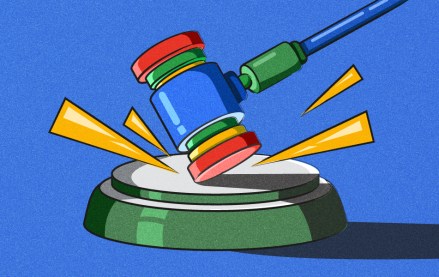Insights from CTV leaders at Dentsu, Horizon Media and more

Instagram says blame Apple, not them, for its strict censorship policy that prohibits pictures of female nipples.
The photo sharing app has repeatedly come under fire for its double standards for permitting male nipples and not females’, sparking the hashtag movement #FreeTheNipple.
Instagram CEO said Wednesday that the app’s classification within the Apple App Store is the reason it deletes pictures of topless woman, most notably Chelsea Handler and supermodel Chrissy Teigen.
On iTunes, Instagram is rated for 12+, meaning nude photography is prohibited. If the Facebook-owned app started allowing female nipples, which Apple finds so unseemly, it would have to be bumped up to the 17+ category, which would then significantly limit the number of money-spending teens that could download it.
Systrom said it’s “committed to artistic freedom,” according to Business Insider, but “in order to scale effectively there are [some] tough calls.” Meaning, freeing the (female) nipple is bad for its ever-ballooning bottom line.
The Daily Dot points out that Systrom’s explanation is “curious” since Twitter, which includes lots of explicit material if searched for, is ranked for 4+ year olds and above. But with Instagram turning on the money jets, something that Twitter has failed to do, playing safe is the best route to go if it wants to remain advertiser-friendly.
Image by Matt Fraher
More in Media

LinkedIn makes it easier for creators to track performance across platforms
Creator data is becoming more accessible to third-party vendors via a new API — another step in LinkedIn’s creator platform evolution.

Ad Tech Briefing: The ‘plumbers’ posing as the unlikely saviors of the internet
After several false dawns, can Cloudflare’s ‘anti-AI scraping tool’ finally offer publishers a road to commercial redemption?

Generative AI, not ad tech, is the new antitrust battleground for Google
Global regulatory scrutiny is shifting from Google’s ad tech and search dominance to generative AI, as they aim to address the most pressing threats to publisher business models.





